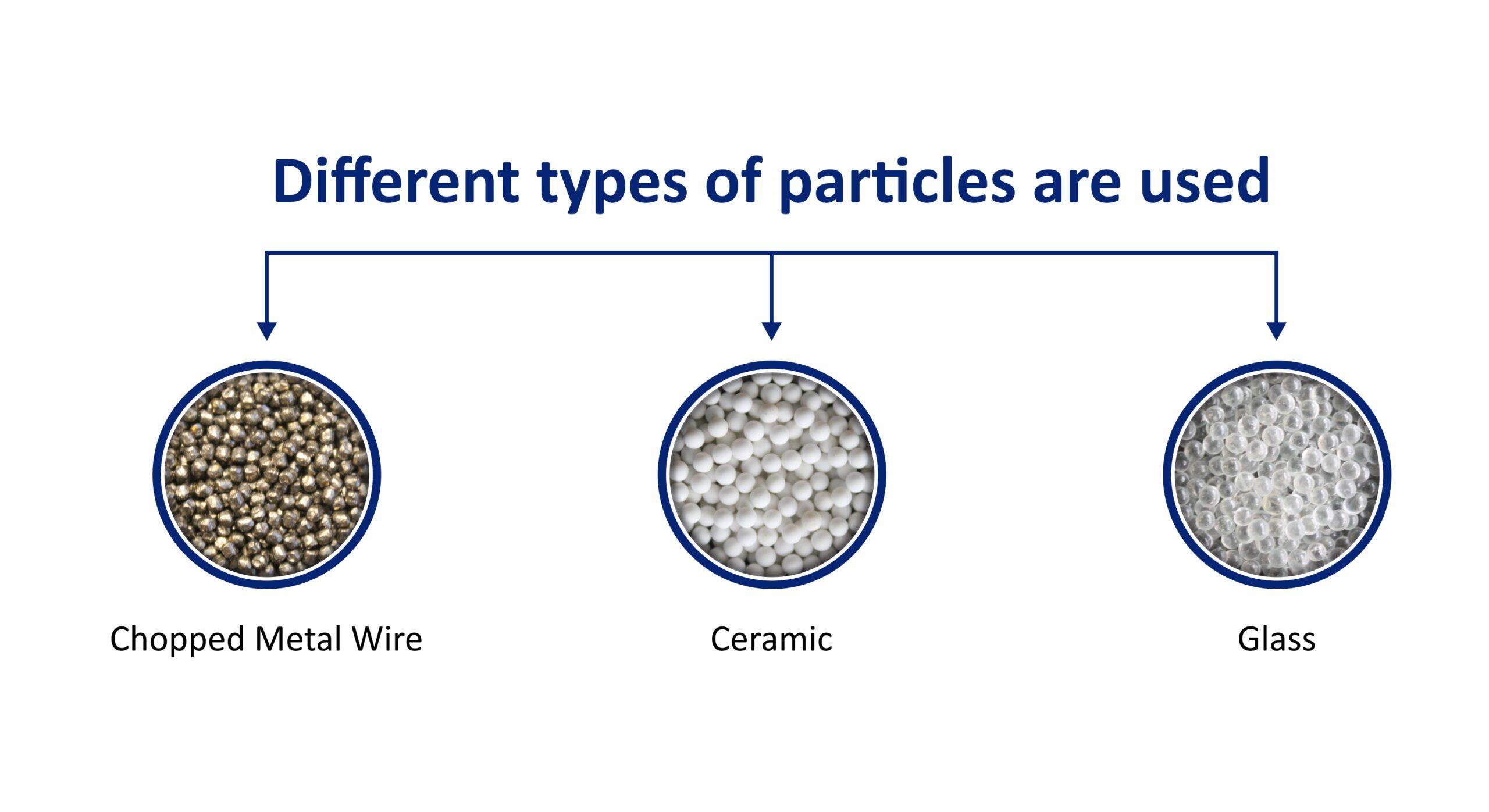The cleaning particles used in the self-cleaning fluidized bed heat exchangers create the mild abrasive effect on the wall of the heat exchanger tubes, which removes the fouling deposits at an early stage of formation of the tube wall and keeps the heat transfer surface clean.
Depending on the application, i.e. the properties of the liquid and the fouling tendency, a specific type of cleaning particle is selected and used.
The removal rate of the self-cleaning fluidized bed heat exchanger is besides the volume fraction of the cleaning particles in the tubes (porosity of fluidized bed) influenced by the type (density and hardness) and the size of the cleaning particles.
Zero Fouling
Rate of removal > Rate of precipitation
| Rate of removal |
Influenced by
|
| Rate of precipitation |
Influenced by
|
The cleaning particles are made of chopped metal wire or ceramics, with a diameter between 1.6 and 4 mm.


